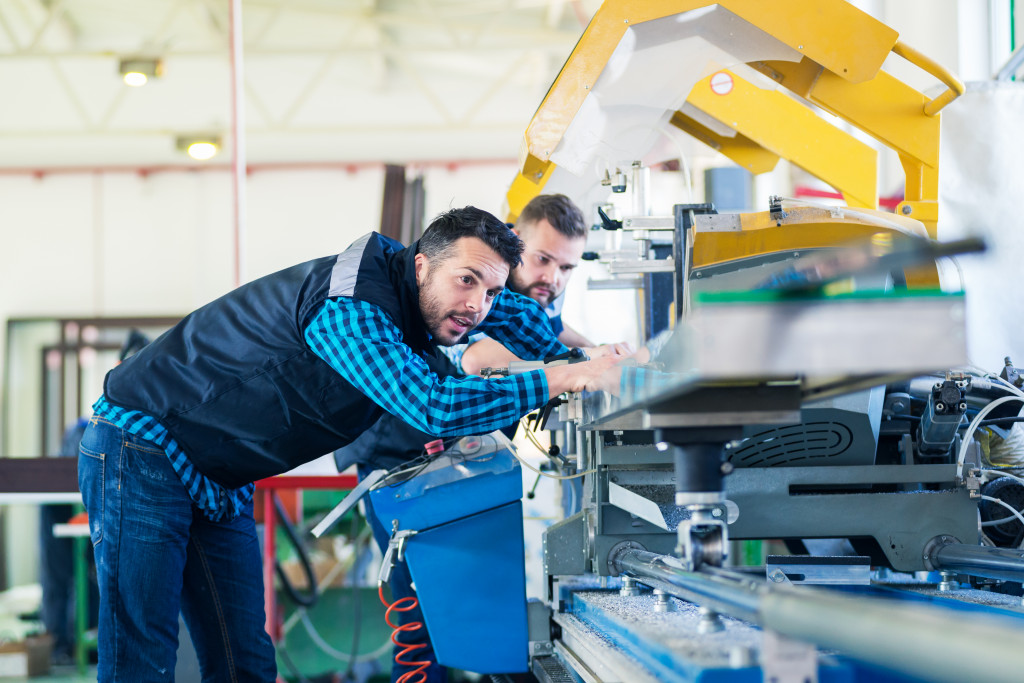
- Optimize processes and pursue innovation to ensure manufacturing profitability.
- Streamline operations and employ lean manufacturing principles for efficiency.
- Leverage automation, analytics, and IoT to increase productivity and reduce costs.
- Invest in research and development and diversify product offerings to build resilience and gain a competitive edge.
- Encourage employees to innovate and experiment to foster an environment of growth.
Manufacturing profitability is crucial to the success of any business in this rapidly evolving industry. In a global market with fierce competition and technology constantly advancing, manufacturers need to continually optimize and modernize their operations to remain profitable. Understanding the strategies and tools available to achieve operational efficiency and foster long-term profitability is essential for business owners and entrepreneurs. This guide provides insights into how manufacturers can ensure profitability by optimizing processes, pursuing innovation, and reducing costs.

Streamlining Processes and Enhancing Efficiency
Efficiency is at the core of manufacturing profitability. By streamlining operations and improving process efficiency, manufacturers can maximize output and minimize wasted resources, such as time and energy. One effective way to do this is by adopting lean manufacturing principles. These focus on reducing waste, improving continuous flow, and driving customer value by creating a culture of constant improvement. Employing these principles can help identify inefficiencies in the system, allowing for immediate corrective action and ongoing evaluation of best practices.
Increase Efficiency
Other technologies and processes can help increase efficiency. Automation allows for fast and accurate production, eliminating errors associated with manual labor. Technology-driven supply chain optimization ensures the timely delivery of materials, reducing costs from delays or stockouts. Finally, data analytics can be used to monitor operations and identify areas of improvement. This information can create a more efficient system, allowing manufacturers to stay ahead of the competition.
Reduce Costs
Manufacturers can reduce costs by streamlining processes and enhancing efficiency while still delivering quality products and services. With careful planning and implementation of modern technologies, manufacturers can achieve their goals of profitability and success.
Use Reliable Equipment
The reliability of equipment can affect streamlining of operations. Investing in reliable, durable equipment can reduce the effort needed to maintain and repair it. For instance, you should use a durable pneumatic linear actuator if you use the equipment in your operations. A durable component allows it to move significantly heavy weights. Due to this, you can reduce downtime for your equipment and increase productivity.
Implementing Advanced Technologies
Technological advancements have significantly impacted the manufacturing industry, and leveraging these advances is vital to staying competitive and profitable. Automation, robotics, and artificial intelligence (AI) are among the technologies that can significantly enhance production capabilities, minimize defects, and reduce labor costs. By investing in these advanced systems, businesses can optimize production, reduce time to market, and achieve a higher volume of production with consistent quality.
Improve Productivity
Many manufacturers are now turning to automation to improve productivity and reduce costs. Automation technologies such as robotic systems can handle repetitive tasks precisely, increasing productivity and reducing human errors. Advanced robotics can also be programmed to perform more complex tasks, freeing up human workers for higher-value activities. Additionally, AI-powered robots can use machine learning algorithms to analyze data and predict trends, enabling businesses to make informed decisions faster.

Internet of Things
Finally, manufacturers can use the Internet of Things (IoT) to connect their machines and devices to collect and analyze data from operations. This data can identify improvement areas and inform decision-making, optimizing production processes and reducing costs.
Manufacturers can ensure long-term profitability and success in today's global market by utilizing the strategies and technologies outlined in this guide.
Pursuing Innovation and Diversification
Innovation is critical to maintaining a competitive edge in a rapidly changing market. Manufacturers should invest in research and development (R&D) to discover new products, materials, and techniques to set their operations apart. Additionally, diversifying product offerings and entering new markets can help spread the risk and unlock new revenue streams.
Build Resilience
Manufacturers can build resilience and ensure long-term profitability by constantly pushing the boundaries of what is possible and exploring new opportunities. Innovative and diversified businesses are better equipped to survive sudden changes in the market. They can also capitalize on emerging trends and gain a competitive advantage.
Encourage Employees
To push boundaries, manufacturers should implement processes encourage employees to provide new ideas, test hypotheses, and develop prototypes. A culture of experimentation can create an environment where innovation is rewarded and used to drive the business forward.
Manufacturing profitability is a multifaceted endeavor that requires careful planning, strategic investments, and continuous improvement. By following the tips in the article, manufacturers can create an environment that fosters growth, competitiveness, and sustained profitability. Business owners and entrepreneurs can use this guide as a starting point to explore the various avenues through which they can optimize their manufacturing operations and remain competitive in today's dynamic marketplace.





